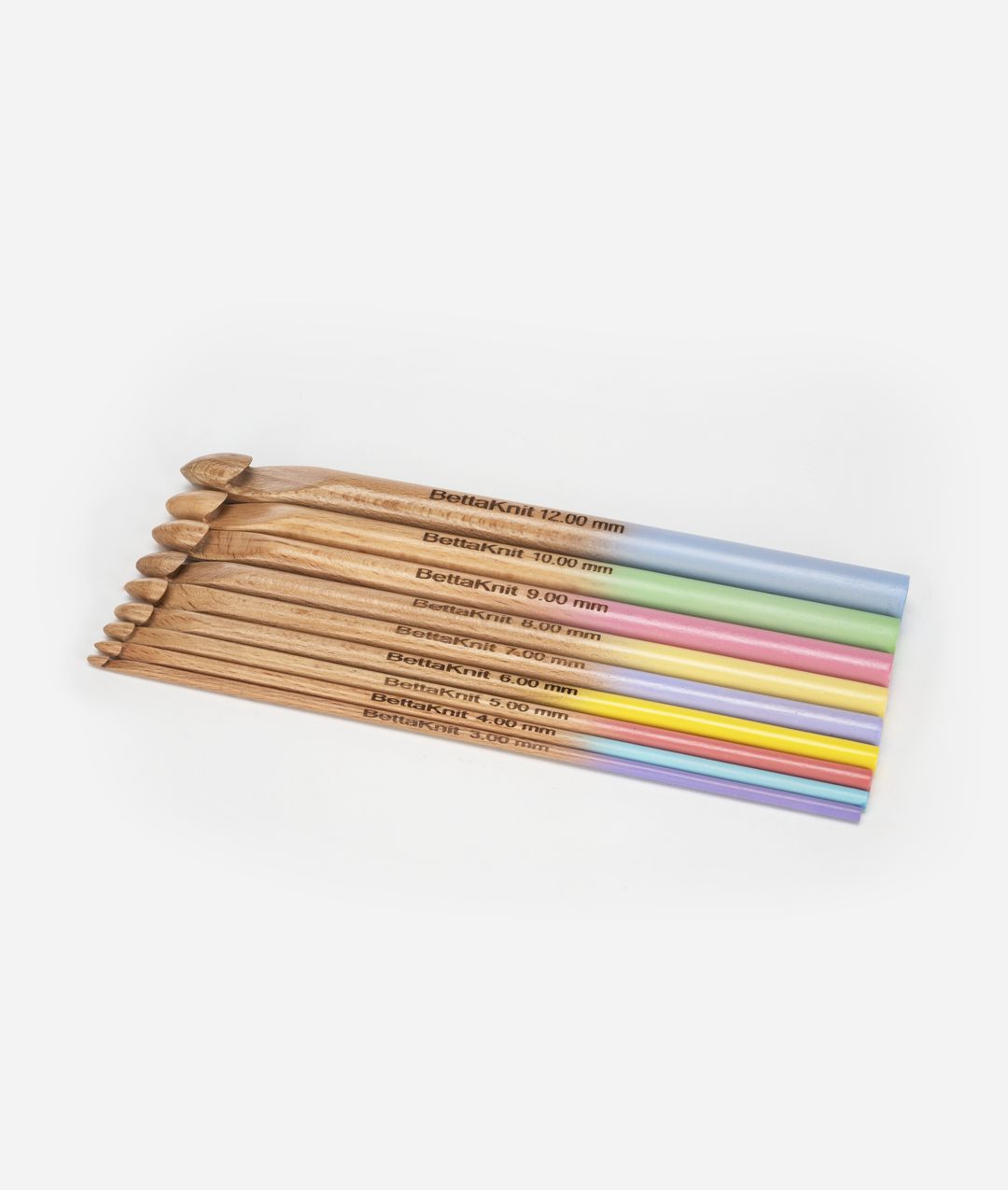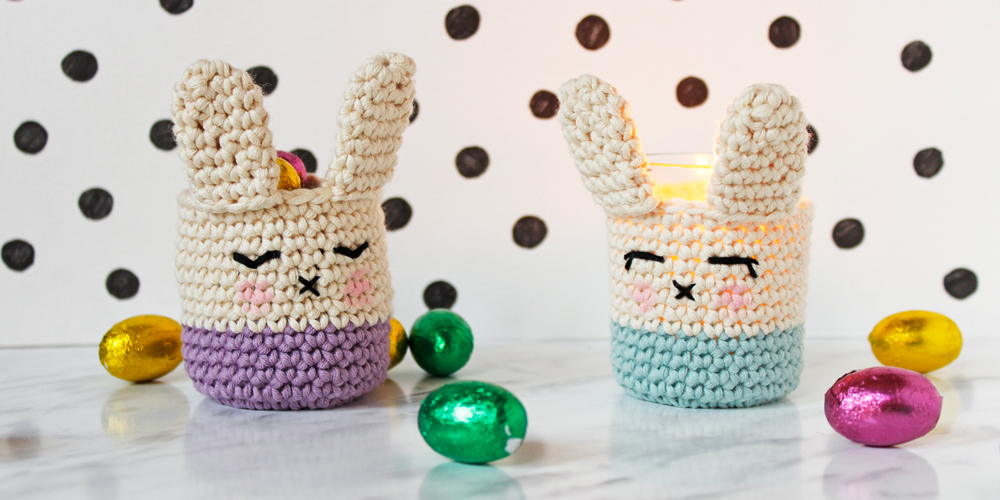Summer Yarn Guide: Pima Cotton
There are many yarns for summer to work with, either knitting or crocheting.
One of the best yarns for summer is Pima Cotton.

What is Pima Cotton?
Bettaknit’s Pima Cotton is a cotton yarn of the “Gossypium Barbadense” variety, more commonly known as “Pima”.
This type of cotton is named after the Pima, a group of American Indians who first cultivated the plant in the U.S.A, although the plant was first cultivated in Peru.
As with coffee, or fine wines, there are different types of cotton that can have significant differences in quality, based on the different characteristics.
This cotton is harvested by hand, even today, and it is exactly during the harvesting phase that all impurities are removed, getting very pure fiber flakes!
Pima Cotton yarn properties
Pima cotton is the finest cotton in the world and is valued for its distinctive properties:
- Softness: the long fiber of Pima Cotton gives the yarn a superior softness compared to traditional cotton. This makes it particularly comfortable on the skin and suitable for garments designed for those with sensitive skin.
- Durability (Resistance to pilling and wear): Pima Cotton is known for its resistance to wear and pilling and for its durability. Thanks to the ideal growing conditions due to the fertile climate of Peru, where it is grown, Bettaknit Pima cotton’s fibers are extremely long. This means that garments made from Pima Cotton are more durable and maintain their characteristics over time, even after numerous washes.
- Breathability and Moisture absorbency: the moisture absorption capacity of Pima Cotton makes it a breathable yarn, ideal for the hot and humid days typical of summer.
- Brilliance: Pima quality cotton has a delicate and natural luster thanks to the natural wax layer with which it is coated.
- Elasticity and Wrinkle Resistance: Pima Cotton is also known for its resistance to wrinkling. It works very well either knitting or crocheting and Pima cotton garments keep their shape and look wash after wash.
For all these characteristics, Pima cotton is considered the most precious of cotton. The ancient Peruvians called it the “cotton of the gods“: in fact, they believed that cotton flakes were nothing more than fragments of clouds that fell to the earth to dress the Inca populations, a sort of gift from their gods!
YOU MAY NEED
Pima Cotton: technical information
Bettaknit’s Pima Cotton is a yarn that can be knitted or crocheted.
Here are some useful tips for working Pima Cotton and obtaining an optimal result:
- Choosing the right tools: to knit Bettaknit Pima Cotton, it is advisable to use 4 or 5-mm gauge needles or crochet hooks. Bettaknit needles and crochet hooks are made of wood and are perfect for this type of cotton because they allow a good grip without making the yarn slip too easily.
- Tension: while knitting, it is important to maintain a constant thread tension to get a uniform and well-defined result. Avoid pulling the yarn too much, so as not to compromise the softness of the final garment! In this regard, remember that the use of one needle and crochet gauge rather than another depends precisely on the tension, the stitch used, and the effect you want to obtain.
- Test samples: before starting a project with Pima Cotton, as well as with all kinds of yarns, it is advisable to make test samples to check the thread tension and the size of the needles or crochet hooks to be used. In this way, you can be sure of obtaining a final result that matches your expectations!
How to wash handmade Pima Cotton garments
To best preserve the properties of Pima Cotton and guarantee a long life to your handmade garments, it is important to follow a few simple rules in the maintenance and care of products made with this yarn:
- Washing: It is advisable to wash Pima Cotton garments by hand, using a mild detergent and cold or lukewarm water. Avoid rubbing the garment excessively, to avoid damaging the fibers.
- Drying: Lay the garments flat, and in the shade, avoiding direct sunshine so as not to fade colours. Do not tumble dry, as excessive heat could damage the fibers.
- Ironing: To iron Pima Cotton garments, use a steam iron and set the temperature to medium-low. Avoid ironing directly on the fabric, but use a damp cloth between the iron and the garment.
Why choose Pima Cotton for your summer projects?
Choosing Pima Cotton for your summer projects is a great idea for several reasons:
- Versatility: Pima Cotton is suitable for a wide range of projects, from garments such as sweaters, cardigans, tops, and accessories, to home decor such as light blankets and cushions.
- Easy to knit: Pima Cotton yarn is easy to knit and crochet, thanks to its softness and resistance. Furthermore, the yarn does not split easily, allowing you to obtain precise and well-defined stitches, such as Flowers in a Row Stitch or Butterflies Stitch but also more traditional knit stitches. An excellent result is also obtained with multi-coloured works, such as in the famous Granny Square, and it is the most suitable summer yarn to create high quality garments.
- Hypoallergenic: This is a hypoallergenic material, suitable for those with sensitive skin or allergy sufferers. It can therefore be used to knit children’s garments and blankets.
- Sustainability: Pima Cotton plantation are takes sustainable and environmentally friendly, helping to reduce the environmental impact of the production of yarns.

Pima Cotton is then an ideal yarn for all your summer projects, thanks to its characteristics of softness, resistance, and breathability. Don’t hesitate to experiment with this material and create unique and comfortable garments and accessories for the hottest season of the year!










